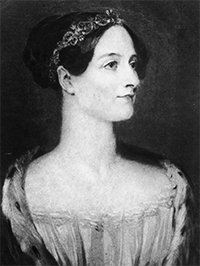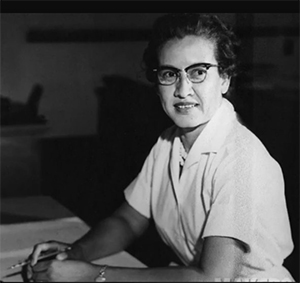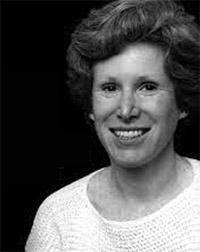A Few Resources . . .
- ACM-W: Supports, celebrates, and advocates internationally for the full engagement of women in all aspects of the computing field, providing a wide range of programs and services to ACM members and working in the larger community to advance the contributions of technical women. BMCC has been active in the local ACM-W student chapter through our BMCC Computer Programming Club.
- Black Girls in Cyber: Helping women of color transition into cybersecurity, privacy and STEM careers.
- Grace Hopper Conference: A yearly conference, currently both in-person and online, was created in 1994 and inspired by the legacy of Admiral Grace Murray Hopper. This annual celebration brings the research and career interests of women in computing to the forefront.
- IEEE Computer Society: Women in Computing: Many resources and opportunities for women in computing
- Women in Technology NY: Active community of tech enthusiasts to share their story and pass on their knowledge and life lessons to the upcoming generations of women who will build the future of tech.
- Women Who Code: Resources, communities, and support for over 343,000 diverse technologists around the world.
. . . and Some Inspiration
Grace Hopper, Created First Compiler, Co-developed COBOL

Grace Hopper was one of the first women to receive a doctorate degree in mathematics (1939). Initially a professor, the bombing of Pearl Harbor and start of World War II inspired Grace to join the U.S. Naval Reserve. She worked on one of the earliest computer models–the Mark I, doing calculations related to war strategy. Continuing to work on computers after the war, Grace created the first compiler–a program that translates programming commands into machine language. Prior to this, code had to be written in Assembly (machine) Language (example) to communicate directly with a computer. Grace was part of the team that developed COBOL, one of the first programming languages, which allowed early programmers to use English language words in their programs, which would then be compiled or translated into machine code.

Ada Lovelace, the World’s First Computer Programmer
Born in London, England in 1815, Ada Lovelace was the daughter of the poet Lord Byron. Her interest in mathematics led her to work with Charles Babbage, a mathematician, engineer and inventor who is credited with developing the concept of the digital programmable computer. This prototype was only partially constructed by Babbage in his lifetime. Ada Lovelace wrote notes about this device, including what is believed to be the earliest version of a computer program, meant to be carried out by the machine. While Charles Babbage saw the early computer model as a number cruncher, Ada envisioned many other uses for it in the future.

Katherine Johnson, Calculations for the Space Program
Katherine Johnson, an American mathematician born in 1918 in West Virginia, worked for the National Aeronautics and Space Administration (NASA) doing complex calculations for the space program. Later on, computers were developed with the capability to perform these calculations—in effect, Katherine Johnson worked as a human computer. President Obama presented her with the Presidential Medal of Freedom in 2015. She and her work were portrayed in the 2016 film Hidden Figures.

Margaret Hamilton, Called the Field “Software Engineering”
Margaret Hamilton, born in Indiana in 1936, was a computer scientist who first used the term “software engineer”, saying that computer program involved the principles of construction used in engineering as well as mathematical concepts. She became the director of the Software Engineering Division of the MIT Instrumentation Laboratory, which developed on-board flight software for NASA’s Apollo program. The famous photo to the left shows Hamilton with printouts of the flight code, which are stacked up on the floor next to her.

Adele Goldberg Developed the Blueprint for Graphical User Interfaces (GUI)
Adele Goldberg, born in 1945, earned a PhD in Information Science. She worked at the Palo Alto Research Center (PARC), helping to develop Smalltalk—an early programming language, which included on-screen images as part of the functionality. Prior to Smalltalk, computers only displayed lines of text—no images (example). The development of the Graphical User Interface (GUI) followed, allowing users to interact with computers through visual elements such as menus, icons or on-screen buttons—which we take for granted today. When Goldberg and her colleagues developed the first graphical user interface in the 1970s, it was revolutionary.

